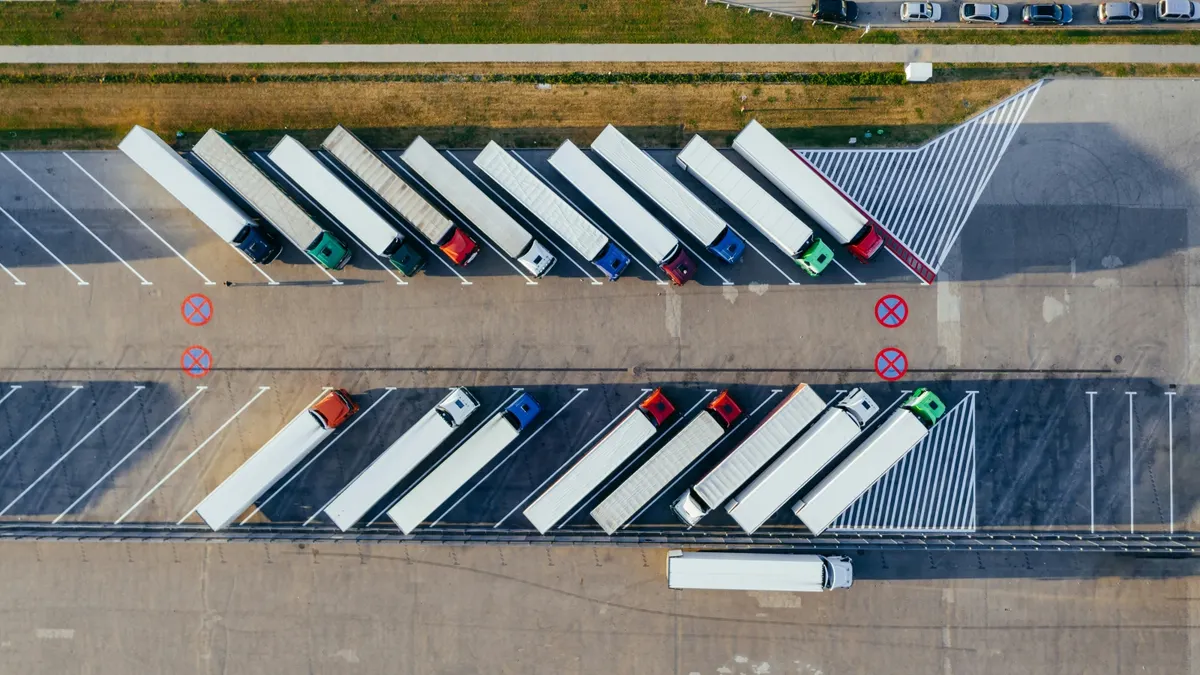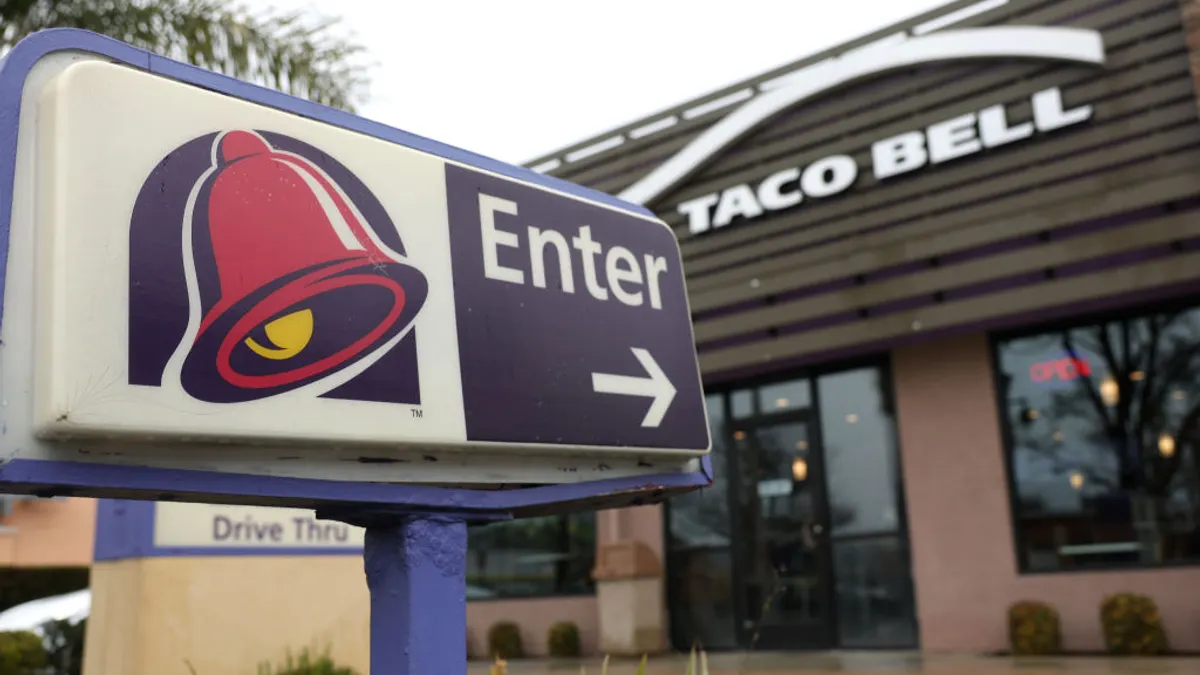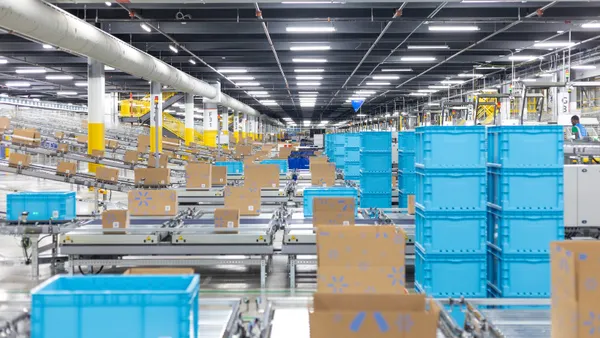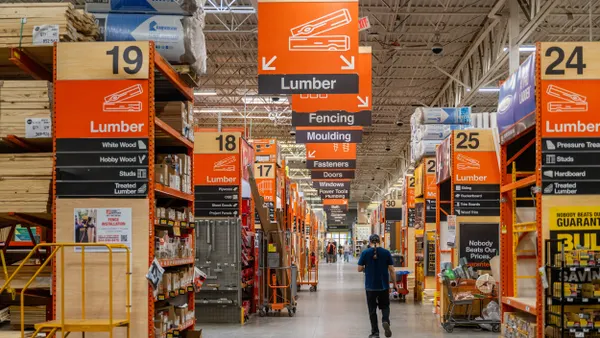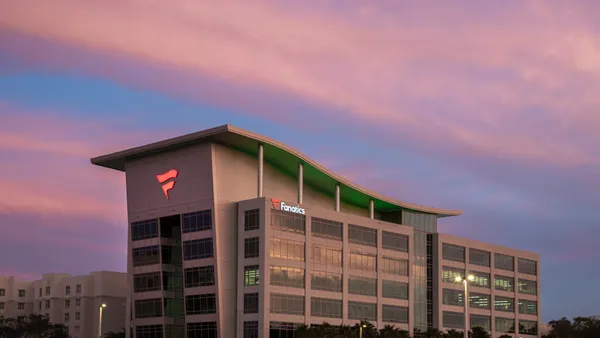The upcoming discontinuation of Amazon's Fulfillment by Amazon (FBA) Prep Service, effective January 1, 2026, is set to be a significant turning point for many sellers. A recent survey by Pattern interviewed 500 US sellers who are currently using or have used Amazon FBA Prep in the last year and found that nearly two-thirds (64.2%) expect the change to "very" or "extremely" significantly impact their business operations. For brands that have relied on Amazon for tasks like labeling and bagging, this policy shift marks the end of a long-standing "all-in-one" FBA promise and signals a new era of increased responsibility and operational complexity.
This change comes after a period of significant transformation in Amazon's fulfillment operations over the past 12–18 months. In that time, Amazon has rolled out new placement fees, added a two-tier cross-dock system, changed how and where inventory enters its network, and tightened inventory limits. Sellers are also dealing with more complicated shipping, new requirements for getting products into Amazon, and changes to how Amazon handles returns. All of these updates have made it harder and more expensive for sellers to manage their inventory and keep products available for customers.
While sellers have been facing mounting complexity in Amazon's fulfillment system, the loss of Amazon FBA Prep Service marks a clear shift in expectations for brands. Many will now need to develop in-house capabilities for prepping inventory or find specialized third-party providers who can handle labeling, bagging, and meeting Amazon’s strict requirements. Businesses that don’t adapt risk delays, added costs, and possible account health issues if shipments arrive unprepared. The most successful brands will be those that act early—updating workflows, strengthening supply chain partnerships, and finding reliable solutions for these new requirements.
The Challenges Ahead
The survey data highlights a widespread reliance on Amazon’s prep services, with 71.8% of respondents depending on them for at least a quarter of their inventory. Sellers are anticipating several key challenges that will reshape their operations:
- Cost Increases: A staggering 92.2% of sellers expect their operational costs to rise, with three-quarters predicting a moderate to significant escalation.
- Operational Complexity: 62% of respondents anticipate increased operational complexity.
- Longer Lead Times: Nearly 50% foresee longer lead times for their products.
- Quality Control: 43.6% expect new challenges in maintaining quality control standards.
The top challenges cited by sellers in this transition are cost increases and the time and resource investment required to make the change.
This shift is so impactful that it’s causing sellers to reconsider their product portfolios, with 20% of respondents indicating they may reduce or discontinue certain products entirely.
Strategic Adaptation and The Role of Partners
In response to these challenges, sellers are actively exploring new strategic approaches. The survey found that a majority of sellers (57.2%) plan to pursue external logistics solutions, such as 3PLs and local prep centers, as their primary alternative.
The discontinuation of the prep service is also driving significant strategic shifts in how sellers manage their businesses. Sellers are planning to:
- Focus on higher-margin products (43.6%)
- Be more selective in product sourcing (42.8%)
- Explore alternative sales channels (37.6%)
- Reduce product variety and SKUs (37.6%)
Despite these hurdles, seller confidence remains relatively high, with 68.8% rating their ability to manage the transition at a 7 or above on a 10-point scale. A majority (62%) even view the policy change positively, seeing potential opportunities for those who can adapt quickly. This resilience is rooted in the understanding that proactive preparation is the only way forward. Working with the right logistics partners is crucial.
For instance, instead of focusing on a single large shipment, which is vulnerable to delays, a more effective strategy is to create smaller, more frequent shipments. While this may seem to increase transportation costs, it actually leads to better in-stock rates and faster delivery times by ensuring more consistent inventory flow.
This strategy, however, requires a sophisticated logistics approach to be cost-effective. Pattern’s Middle Mile service directly addresses this complexity by leveraging its position as the world's largest Amazon shipper. By sending full truckloads (FTLs) daily and securing standing appointments, Pattern can help brands achieve faster check-in times and lower costs, bypassing the delays associated with waiting for larger, less frequent shipments.
The findings of this survey underscore the significant operational shifts occurring in the Amazon marketplace and the growing need for sellers to secure reliable, cost-effective prep and logistics solutions ahead of the January 2026 deadline. Those who adapt now will be in the best position to succeed.

